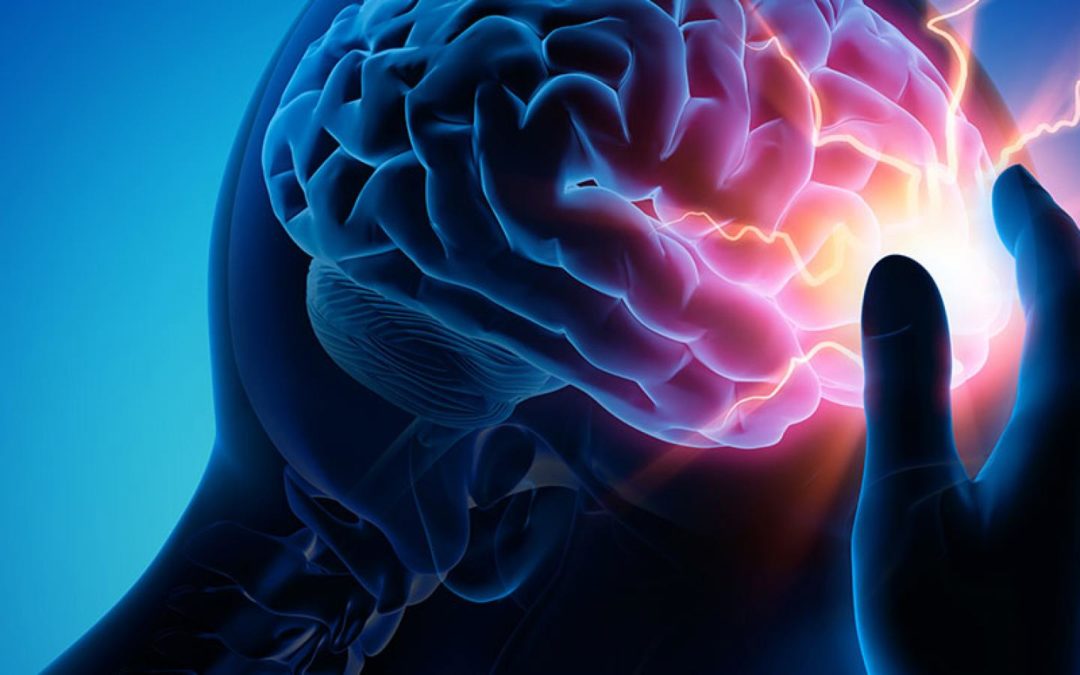In the previous article of our concussion discussion, we covered some myths regarding the diagnosis of a concussion. Today we will look at some misconceptions regarding how concussions are managed. The roadmap to managing a concussion is complex, and nuanced, and has many different paths. Navigating it can become confusing and weeding out the good information from the outdated or incorrect makes the process that much more frustrating.
Below are a few myths surrounding the treatment of a concussed athlete.
- Myth: The best treatment is to keep the patient in a dark, quiet room until symptoms resolve.
The old method of isolating a concussed athlete in a dark, quiet room until they are symptom-free has begun to be phased out. There is research showing that prescribed and supervised mild activity following a concussion may help reduce the risk of prolonged symptoms. It is critical that the activity remains “sub-threshold”, meaning that it does not aggravate the athlete’s symptoms. Any activity should not only be prescribed but should also be closely monitored by the supervising healthcare professional to ensure that it remains appropriate for the athlete’s specific circumstances. From observation, oftentimes isolating an athlete from their peers and their team can have an adverse effect on the athlete’s mental health. They are already dealing with a challenging injury that is preventing them from participating, so further distancing them can exacerbate the emotional toll of the concussion.
For more information on the research cited above, click here.
- Myth: Concussions are graded and there is a predictable timeline for when the athlete can return.
Unfortunately, there is no way to accurately predict the exact recovery time of any given concussion. Due to the unpredictability of how the recovery will progress, the practice of grading concussions is now outdated in favor of an individualized case-by-case approach to managing the patient.
- Myth: The patient can return to classes without accommodation.
Concussions affect more than just physical activity. In many cases we manage, student-athletes at all levels often experience an exacerbation of symptoms when in class. Accommodations should be made for the concussed student-athlete at school. These can look different from student to student based on their specific needs but may include additional time to complete assignments, postponed tests, and excused absences, among many others.
Once the student-athlete is symptom-free, they should go through a return to learn a protocol to gradually reintroduce them to a full workload. The return to learn process is a step that should come before the return to play process, with some possible overlap. These instructions should be provided to the patient and the school by the healthcare provider.
- Myth: Once symptoms resolve, the athlete can return to sport participation.
Once the athlete is symptom-free, has begun integrating back into regular class activity, and has been cleared by their healthcare professional to begin the return to play process, the athlete must go through a return to play protocol before returning to full participation. This is a structured, prescribed step-by-step process that must be supervised by the healthcare provider. Protocols may vary from institution to institution; however, they follow the same basic method: gradually introduce the athlete back into physical activity.
Every concussion can present differently. There is no way to predict how it will progress or when it will resolve. Symptoms can fluctuate from day to day and return to learn and play protocols may progress differently and at a varying pace. Due to this, each concussion needs to be treated on an individual basis. While there are clear guidelines on how to respond to a given circumstance, there is no way of telling which circumstances will present. Athletic trainers and other qualified healthcare professionals are here to help guide you through it all. While concussions are serious injuries that need to be properly addressed, we have seen many athletes successfully return to their sport without complications.

